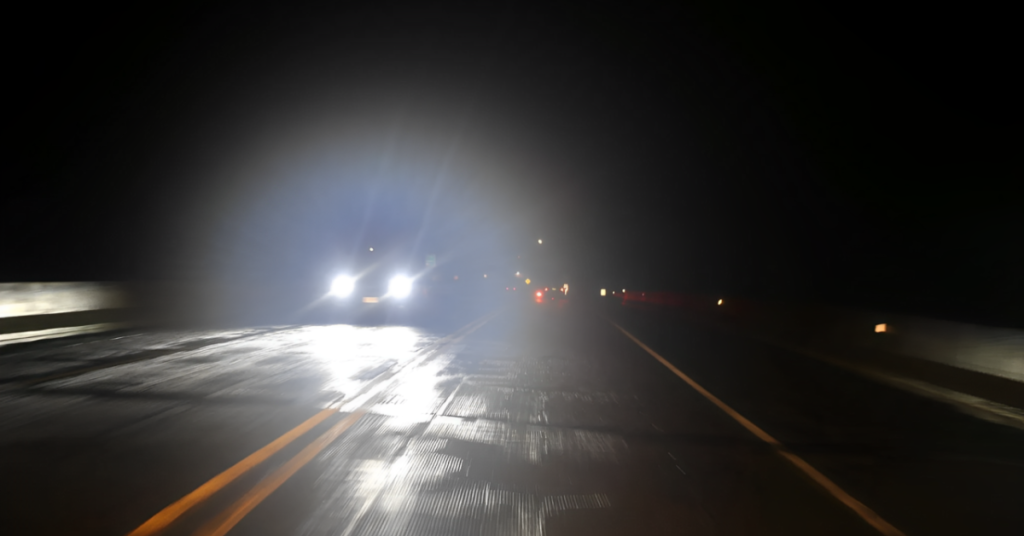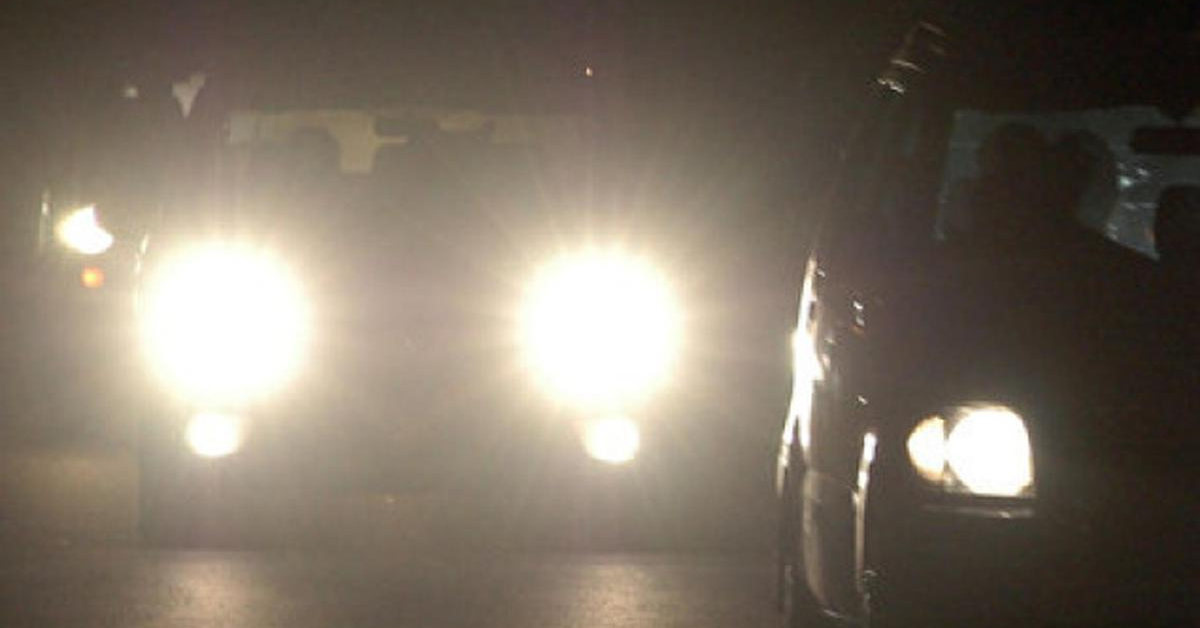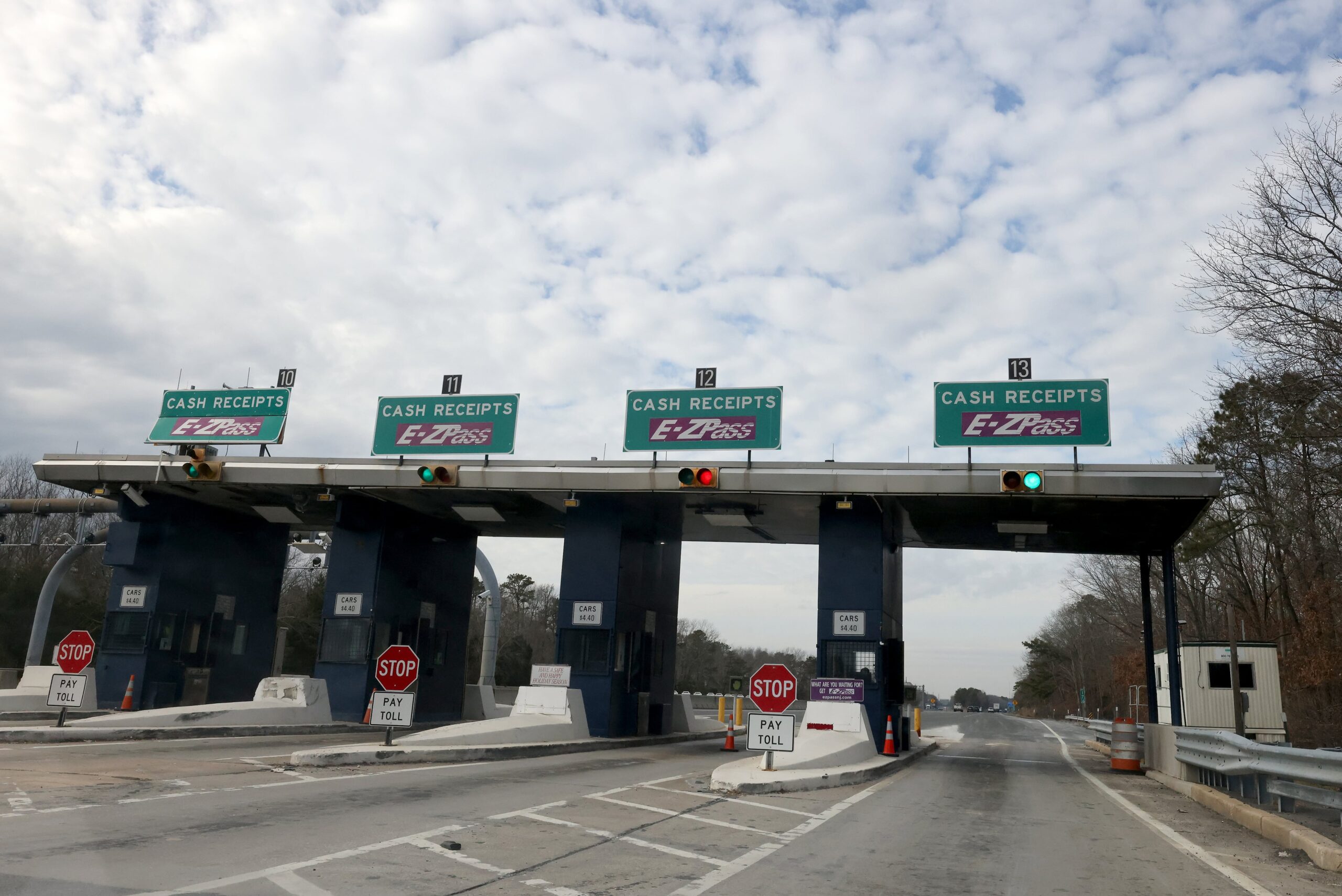Flashing high beams to warn other drivers about police presence has become a topic of heated discussion on our roads. Many drivers believe that a quick flash of their high beams is a simple and friendly way to alert others about a police car nearby, giving them time to adjust their speed or drive more carefully.
Some see this act as a helpful gesture of community care, but it has sparked a debate over whether it is legal. Some say that warning others can save someone from an unexpected ticket, while others argue that such actions might interfere with police work or even encourage risky behaviour on the road.
The practice is simple in idea. A driver sees a police vehicle on the roadside and quickly flashes their high beams. This brief signal is meant to serve as a silent warning to those behind so they can be aware of possible speed checks or sudden stops ahead.
Supporters of this method feel that it is a way for drivers to look out for each other. They believe that sharing such information can lead to a safer driving environment, as it may remind drivers to slow down and pay closer attention to the road.
However, the issue is not straightforward. Many police officers and legal experts argue that flashing your high beams can be more than just a friendly warning—it might also be seen as an attempt to interfere with law enforcement.
Some regions have laws that make it illegal to signal or warn others about police activity because it could be interpreted as aiding those who might be breaking the law. For these critics, the practice could potentially help someone avoid the consequences of speeding or other traffic violations, thus hindering police efforts to maintain road safety.
The legal view on flashing high beams varies considerably across states. In some areas, there is no clear rule against it, and many drivers continue to use this method without facing any legal consequences.
In other states, strict rules may classify the act as obstruction of justice. The inconsistency in laws makes it confusing for drivers, especially those who travel frequently between states. One moment, flashing your lights might be seen as a harmless act of goodwill, and the next, it could be considered a violation of local traffic regulations.
This division in opinion has led to heated discussions among the public. Many drivers insist that flashing high beams is a natural form of communication on the road—a way of saying “be careful” without words. They argue that in today’s fast-paced world, where everyone is in a hurry, any extra bit of caution is welcome.

On the other hand, some drivers worry that this practice could lead to unintended consequences. For instance, if a driver relies on a flash of light as a warning, they might take chances with their speed or driving behaviour, wrongly assuming that they will always have a friend on the road ready to signal them about police presence.
Moreover, some law enforcement officials have voiced their concerns that such signals might provide a tactical advantage to those who are trying to avoid getting caught for dangerous driving. They worry that if everyone starts using their high beams to warn about police, it could disrupt the normal operation of traffic patrols. There is also the possibility that criminals might use this method to spot police vehicles and evade capture, which in turn could make the roads less safe for everyone.
Legal experts are also divided on the matter. A few argue that as long as the flash does not physically interfere with the police or cause a distraction that leads to accidents, it should be considered a form of free communication among drivers.
They believe that warnings like these are part of the unspoken code of conduct on our roads. In contrast, others insist that even indirect communication that hinders police operations must be regulated. This split in opinion means that until clear federal or nationwide guidelines are established, the legality of flashing high beams will likely remain a grey area.
Public opinion on this practice is mixed. Many drivers feel empowered by the ability to warn others, seeing it as a way to help friends and strangers alike avoid the hassle of a police stop. They point out that driving is not just about following rules but also about looking out for one another.
At the same time, others strongly feel that such acts may lead to a breakdown in trust between the public and law enforcement. They worry that if police officers are constantly being tipped off, it could create an environment of suspicion and adversarial relationships between drivers and officers.
The debate over flashing high beams also touches on broader themes of personal responsibility and collective safety. On one hand, it promotes the idea that drivers can support each other in maintaining road safety.
On the other, it raises questions about the balance between individual rights and the collective need for order on our roads. If a practice intended to prevent tickets and promote safe driving ends up interfering with police work or encouraging reckless behaviour, then the intended benefits might be outweighed by the risks.
With technology advancing rapidly, there is also talk about how future innovations might change this scenario. Modern vehicles are increasingly equipped with smart features that can alert drivers about police presence or road hazards without the need for manual signals.
These systems could provide real-time updates and help drivers make safer decisions, potentially reducing the need for flashing high beams as a warning signal. However, until such technology becomes widespread and accessible to all drivers, the debate over the legality and safety of flashing high beams is likely to continue.
In summary, the question of whether flashing your high beams to warn others about police presence is legal or illegal remains unresolved. Many drivers see this practice as a helpful and community-minded gesture, yet it raises serious concerns among law enforcement and legal experts. The lack of uniformity in state laws adds to the confusion, leaving drivers unsure of what is acceptable in different areas.
As discussions and debates persist both online and in courtrooms, the focus should remain on ensuring safety on the roads while balancing the rights of individual drivers with the needs of effective policing. Until there is a clear and consistent rule across all regions, it is wise for drivers to be aware of local laws and to consider both the benefits and risks of using high beams as a warning.
The conversation around this topic is ongoing, and as new technologies emerge, the way we communicate on the road may change for the better, potentially resolving this contentious issue once and for all.
Disclaimer: This article has been meticulously fact-checked by our team to ensure accuracy and uphold transparency. We strive to deliver trustworthy and dependable content to our readers.








